Don’t Trip the Grid: 5 Energy Saving Appliances to Use During Load Reduction Without Overloading
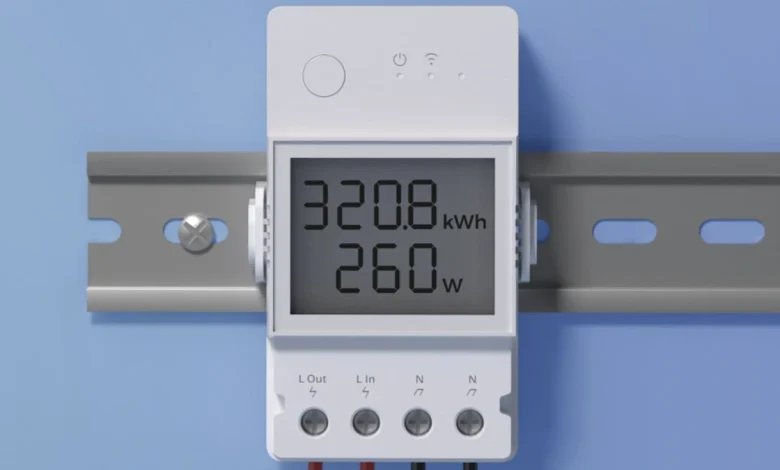
5 Low Energy Consumption Appliances to Use During Load Reduction
Load reduction measures, often implemented during electricity supply constraints in South Africa, require households and businesses to minimise energy use. Selecting low energy consumption appliances can help reduce electricity bills and lessen the risk of power outages affecting your daily activities. This article highlights five efficient appliances ideal for use during periods of load reduction, promoting both conservation and convenience.

ALSO READ: Electricity Saving Tips for Low-Income Households
1. LED Light Bulbs
Lighting accounts for a significant portion of household energy use. LED (Light Emitting Diode) bulbs consume up to 85% less electricity than traditional incandescent bulbs while delivering the same level of brightness. They also last longer, reducing replacement costs.
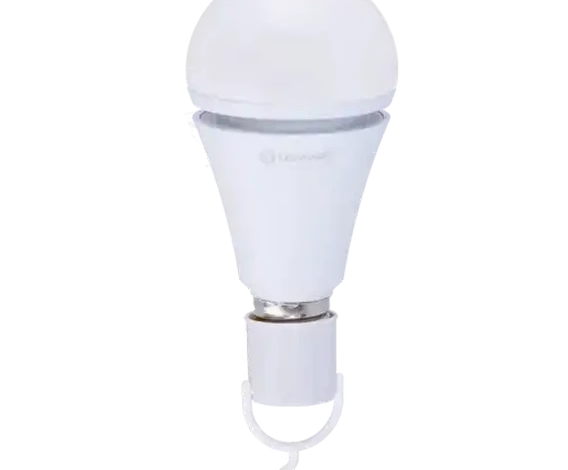
Switching to LED bulbs during load reduction periods helps maintain adequate lighting without heavy energy demand.
2. Energy-Efficient Refrigerators
Refrigeration is a major energy consumer but remains essential for food safety. Modern energy-efficient refrigerators labelled with a high Energy Star or SANS certification consume substantially less power. Features to look for include improved insulation, efficient compressors, and temperature control.
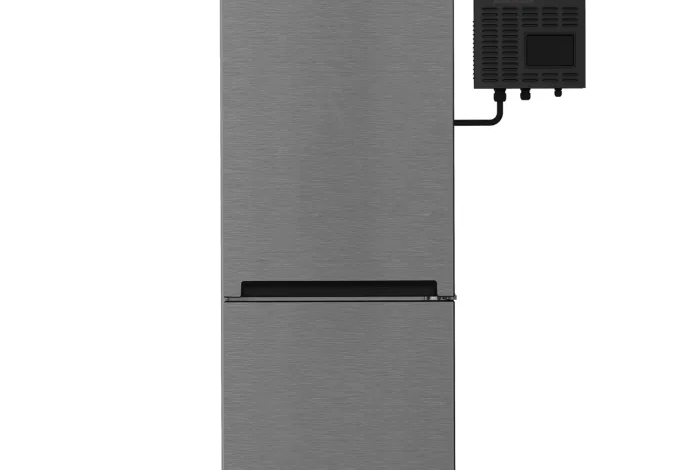
Choosing such refrigerators supports continuous food preservation during power-saving phases while lowering electricity consumption.
3. Solar-Powered Water Heaters
Heating water is often energy-intensive, especially with electric geysers. Solar water heaters use solar panels to capture and convert sunlight into heat, reducing reliance on the grid.

Using solar-powered water heaters during load reduction decreases electricity use substantially and provides an eco-friendly alternative.
4. Energy-Saving Fans and Heaters
Fans provide effective cooling while consuming significantly less electricity than air conditioners. When selecting fans, look for energy-saving modes and efficient motor designs. Ceiling or standing fans rated for low wattage can maintain indoor comfort during load shedding without drawing excessive power.
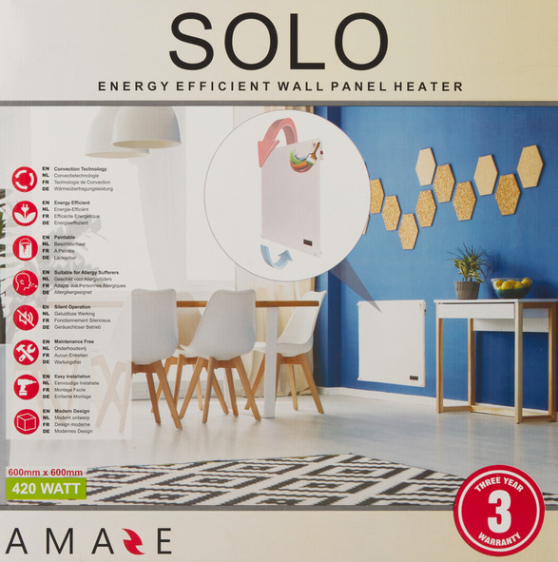
Similarly, energy-efficient heaters have become more accessible and suitable for use during load reduction periods. Among the most efficient types are oil-filled fin heaters, which use heated oil inside metal fins to provide sustained warmth with relatively low electricity consumption. These heaters feature thermostats to regulate temperature and operate quietly, making them ideal for heating rooms over longer periods while minimising energy use.
Portable heaters with low wattage (around 400W to 1,800W) can run effectively on backup power systems, offering practical warmth during load-shedding slots. Solar-powered or heat pump water heaters also present energy-saving alternatives to traditional electric geysers, reducing strain on the grid while providing reliable heat.
5. Smart Power Strips and Energy Monitors
Though not appliances per se, smart power strips and energy monitors help control and reduce electricity use by identifying and automatically cutting power to standby devices.
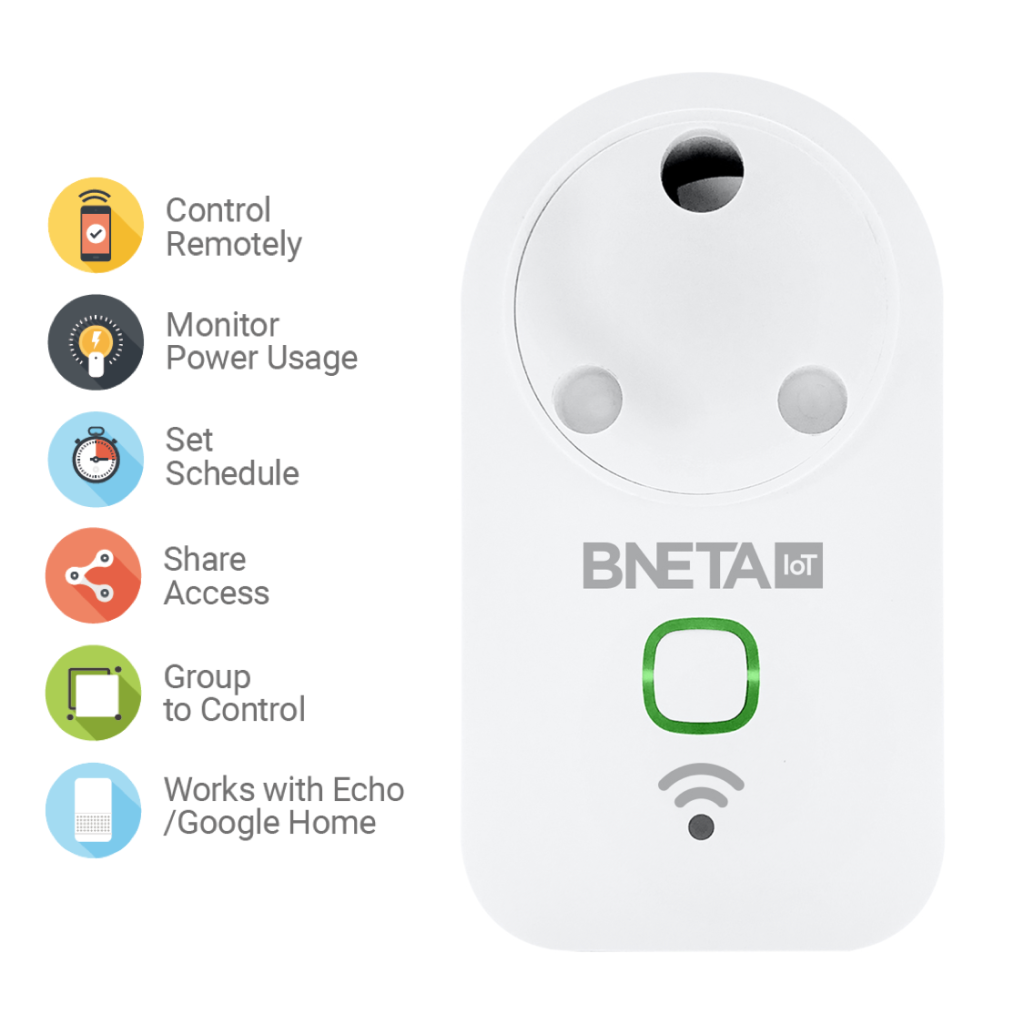
During load reduction, utilising these devices ensures you avoid wasting electricity on phantom loads and helps manage appliance usage effectively.
Additional Tips for Energy Efficiency During Load Reduction
- Unplug devices not in use to stop standby electricity consumption.
- Use appliances during off-peak hours when possible.
- Maintain appliances regularly to ensure optimal efficiency.
Energy Saving
Incorporating low energy consumption appliances like LED bulbs, energy-efficient refrigerators, solar water heaters, energy-saving fans, and smart power strips can significantly ease the challenges of load reduction. These choices promote savings, sustainability, and convenience for South African homes and businesses navigating electricity supply constraints.




